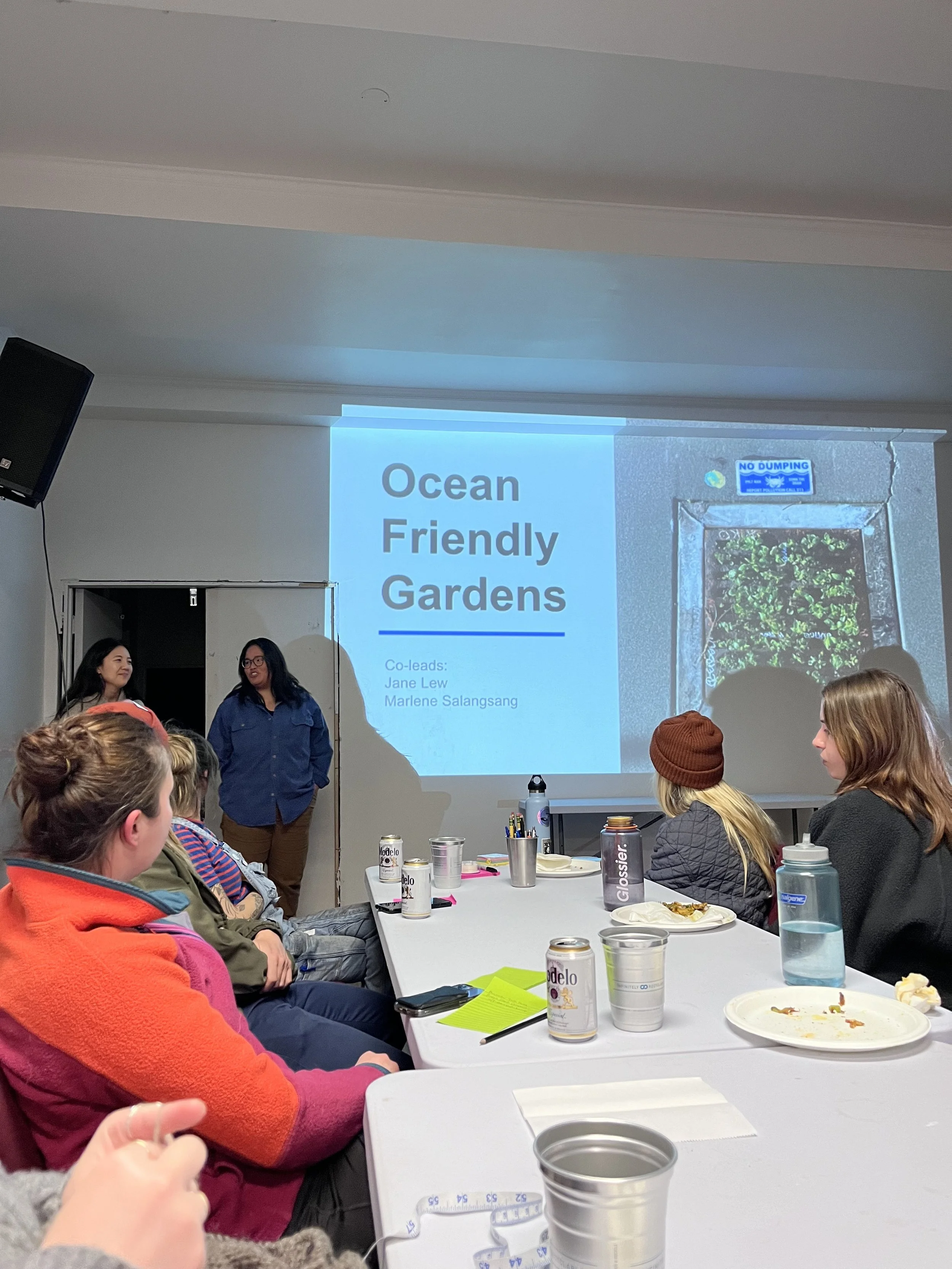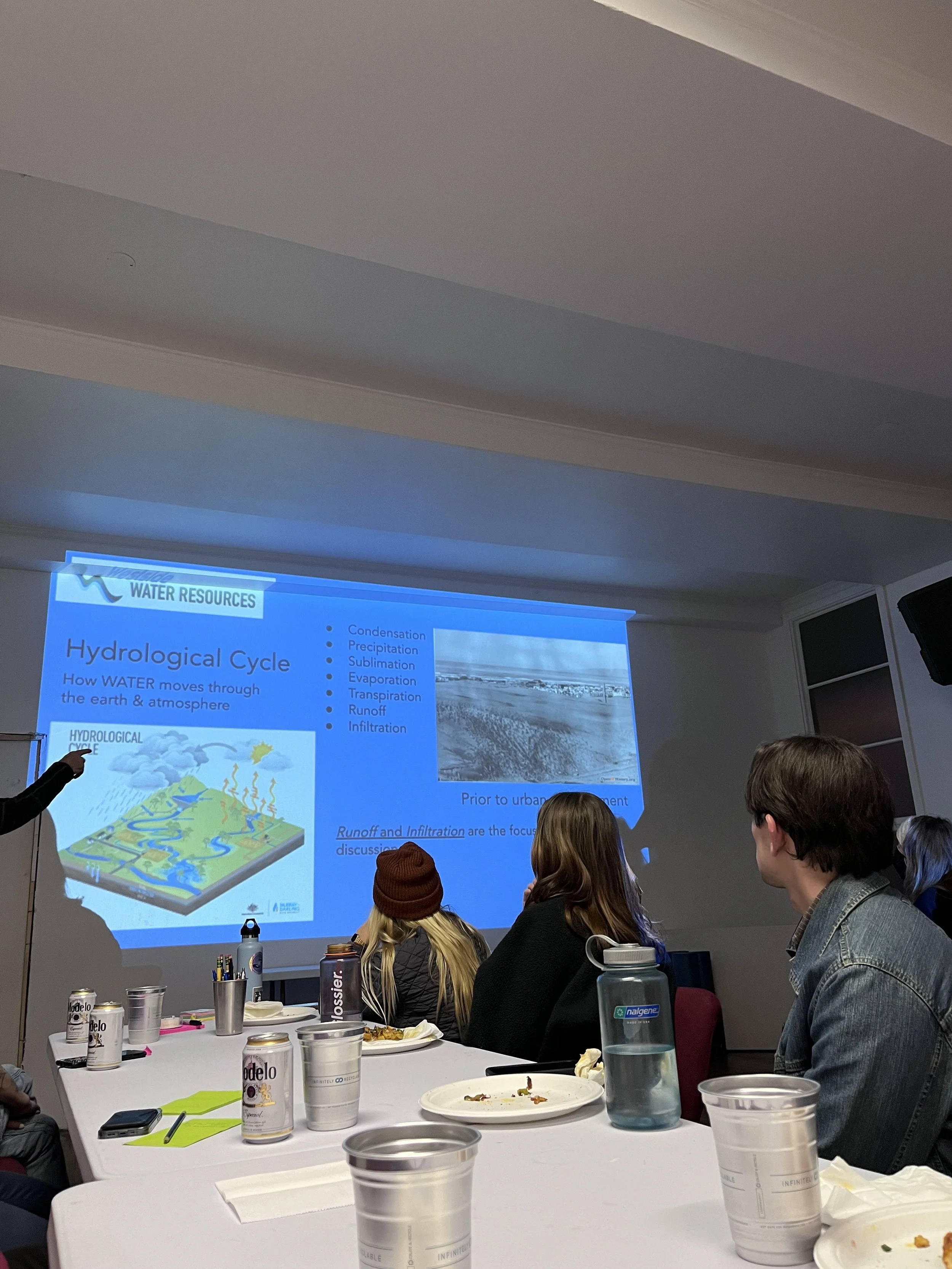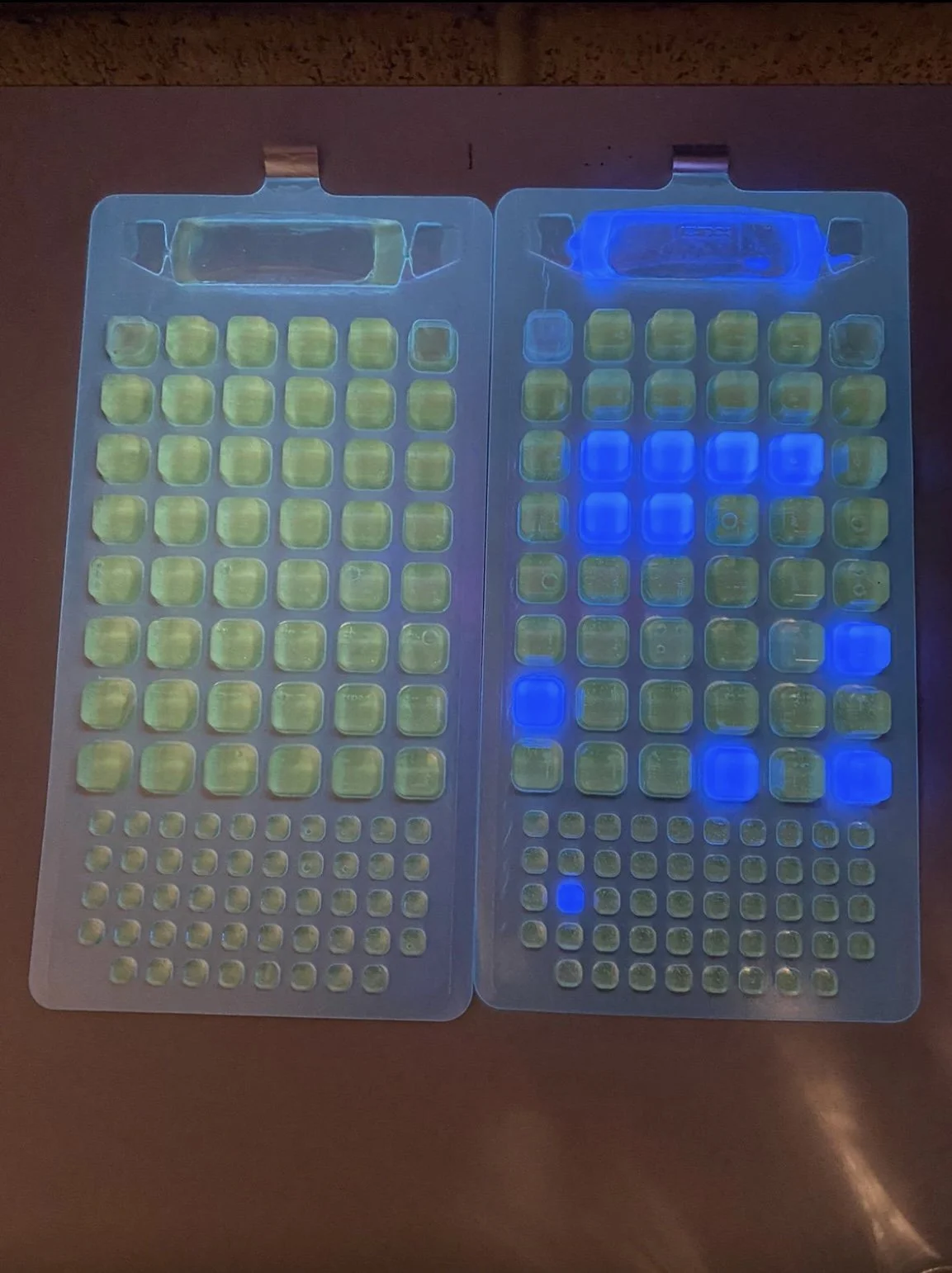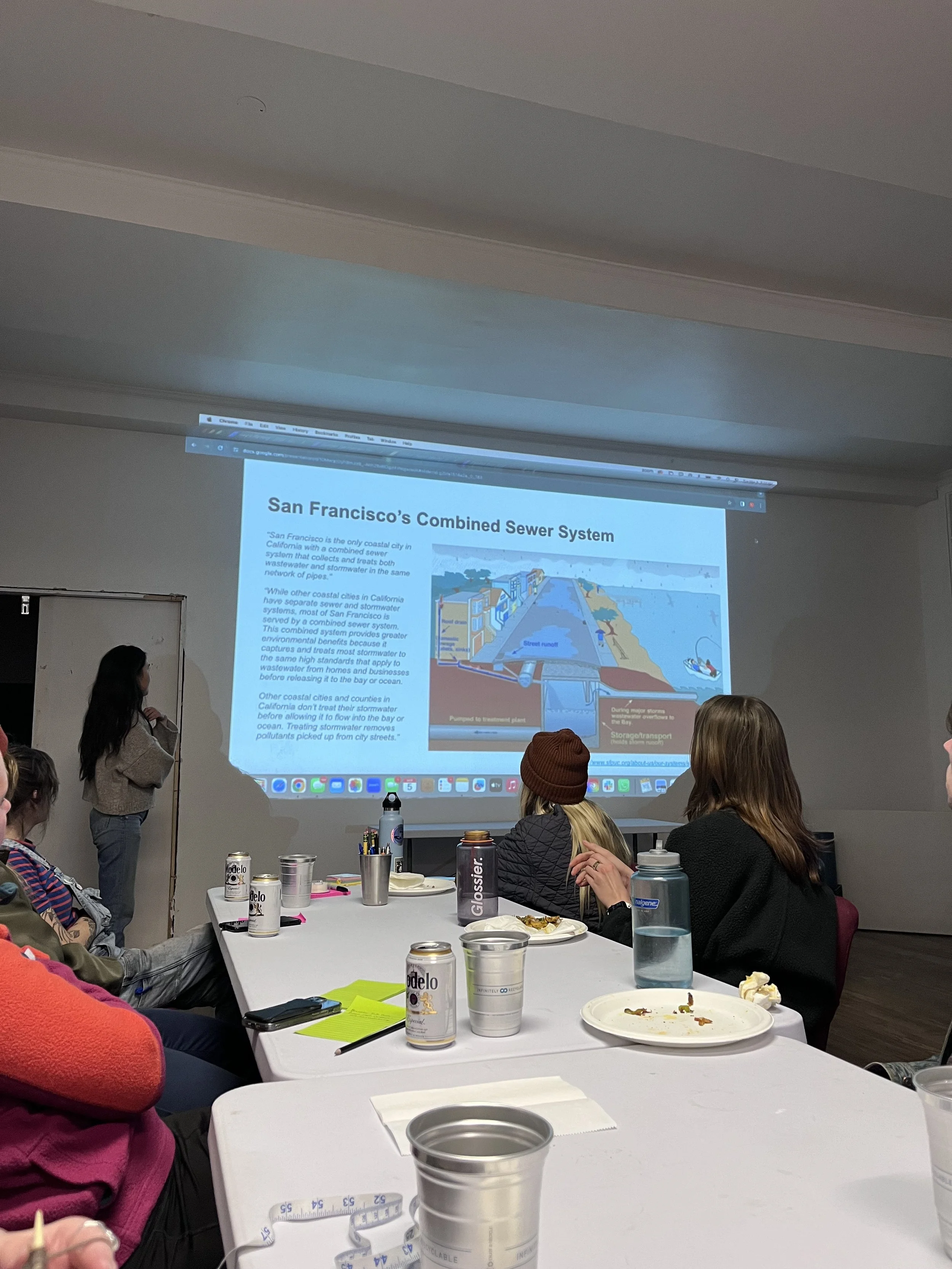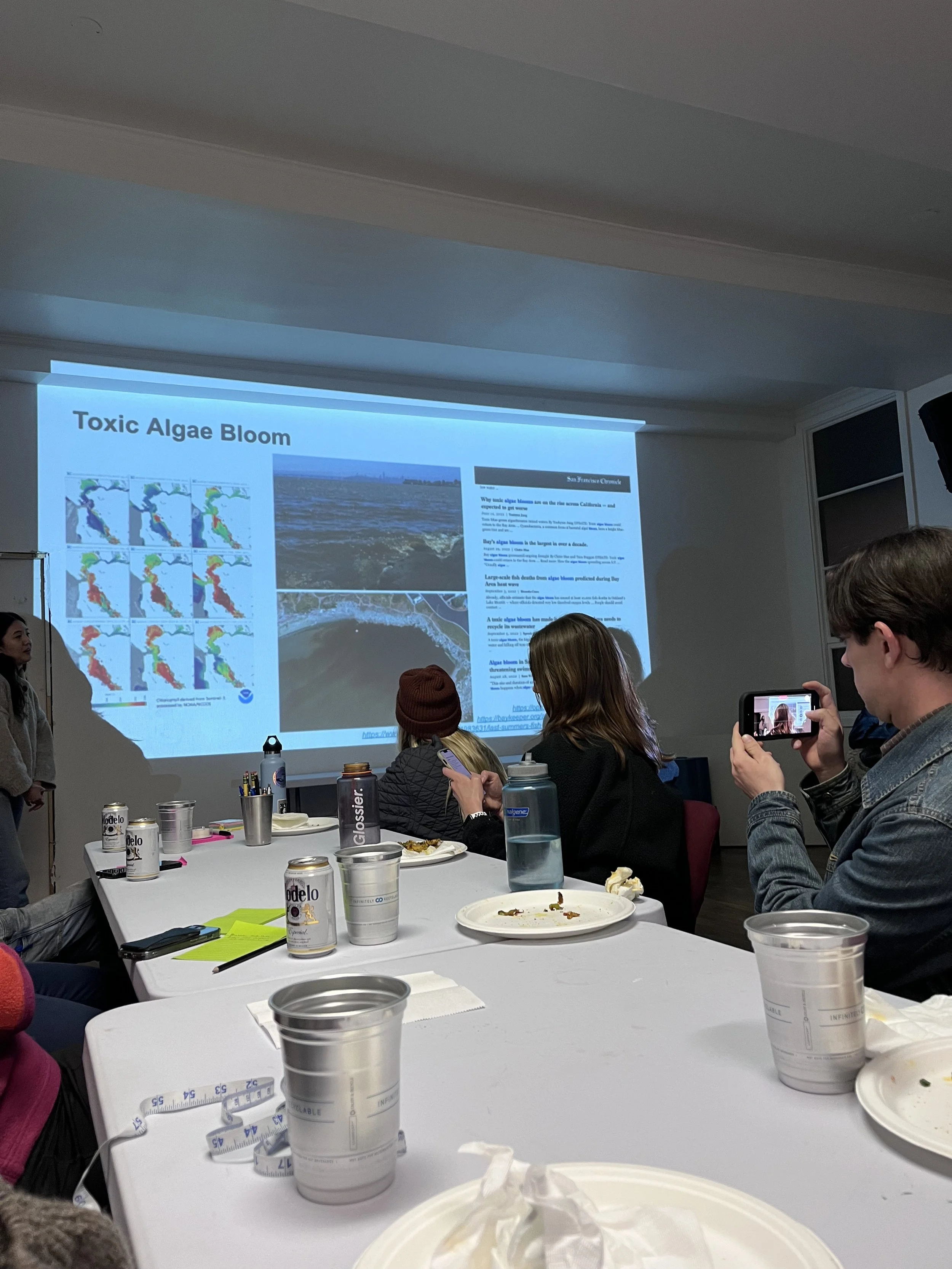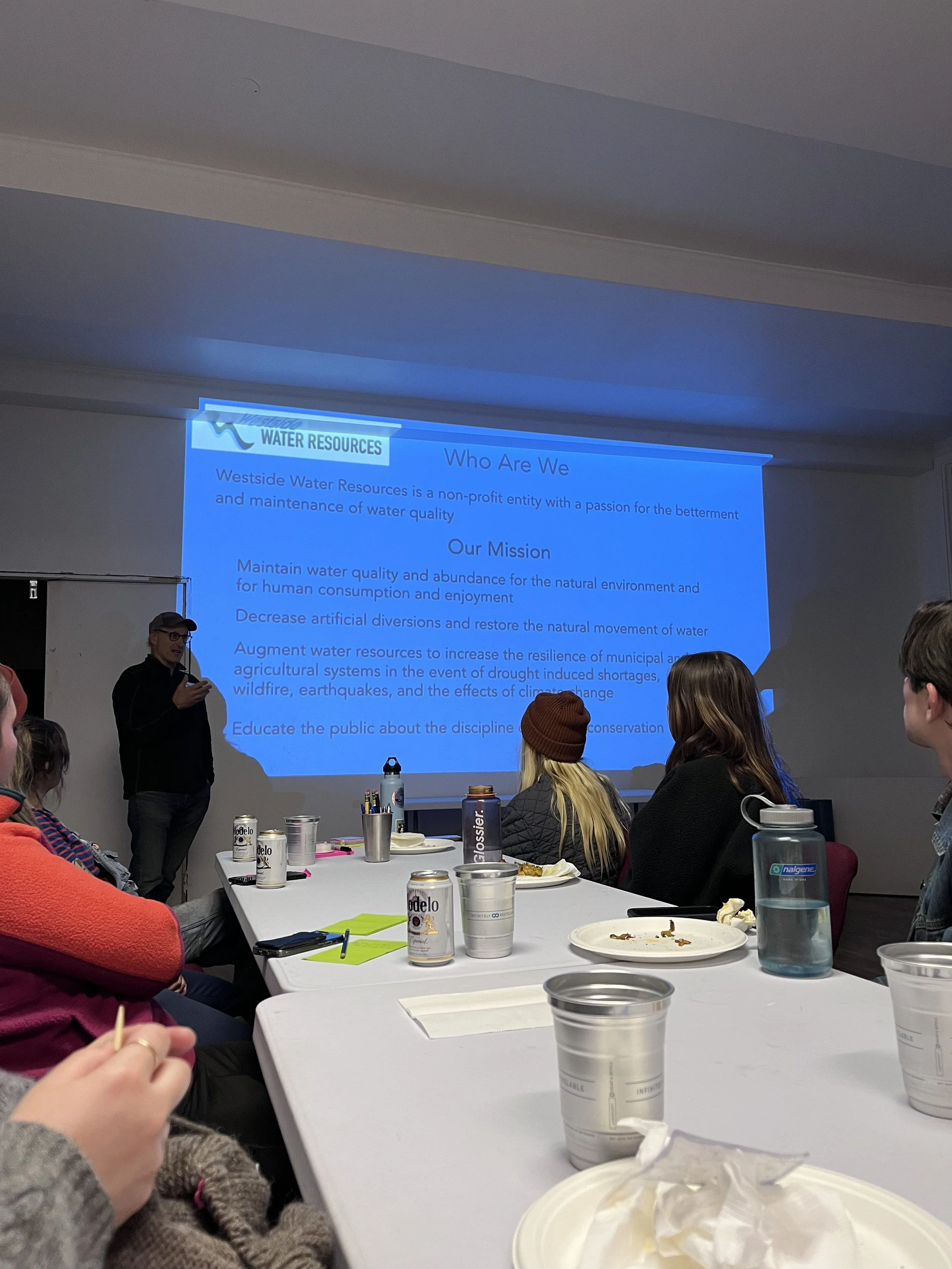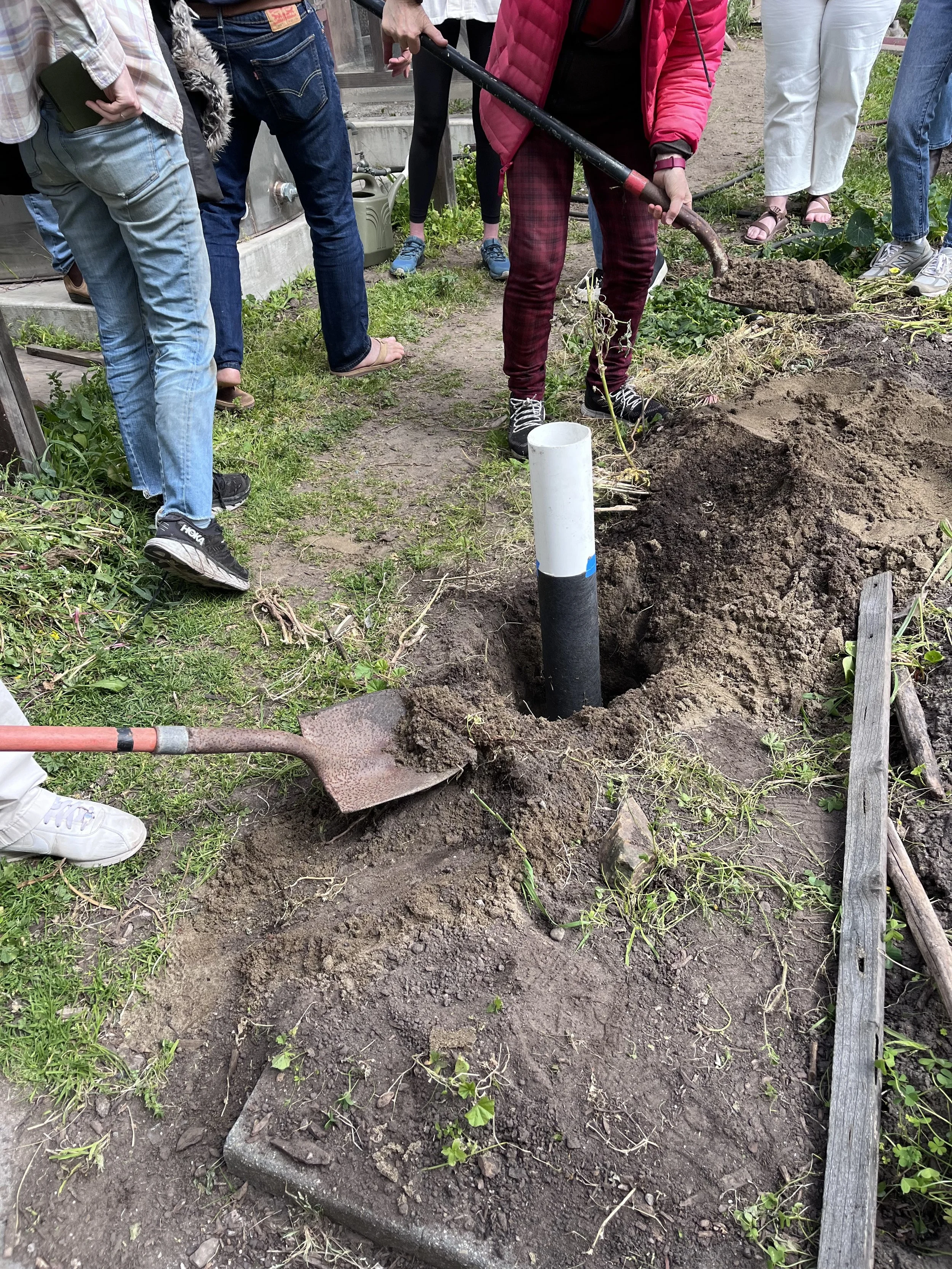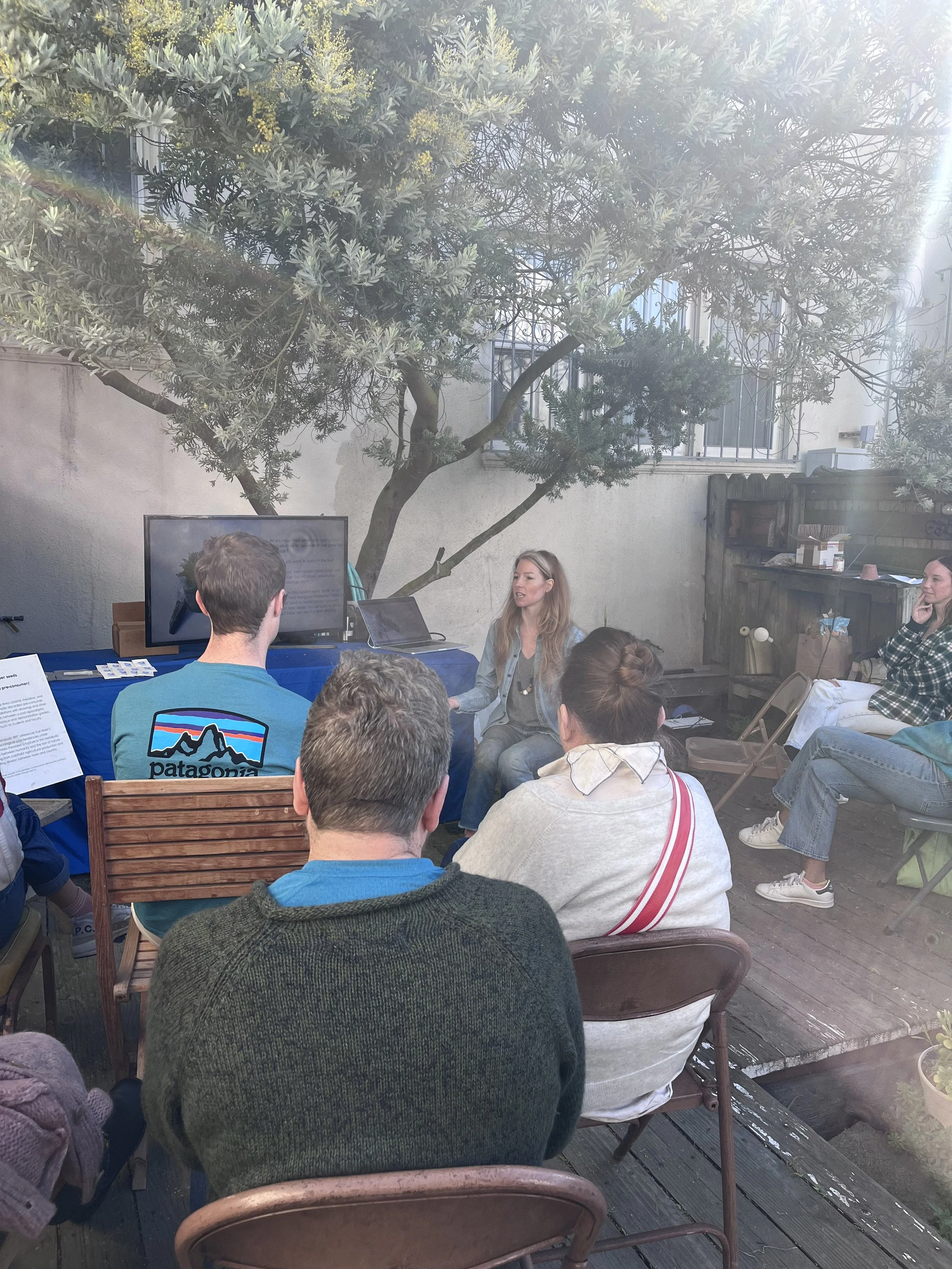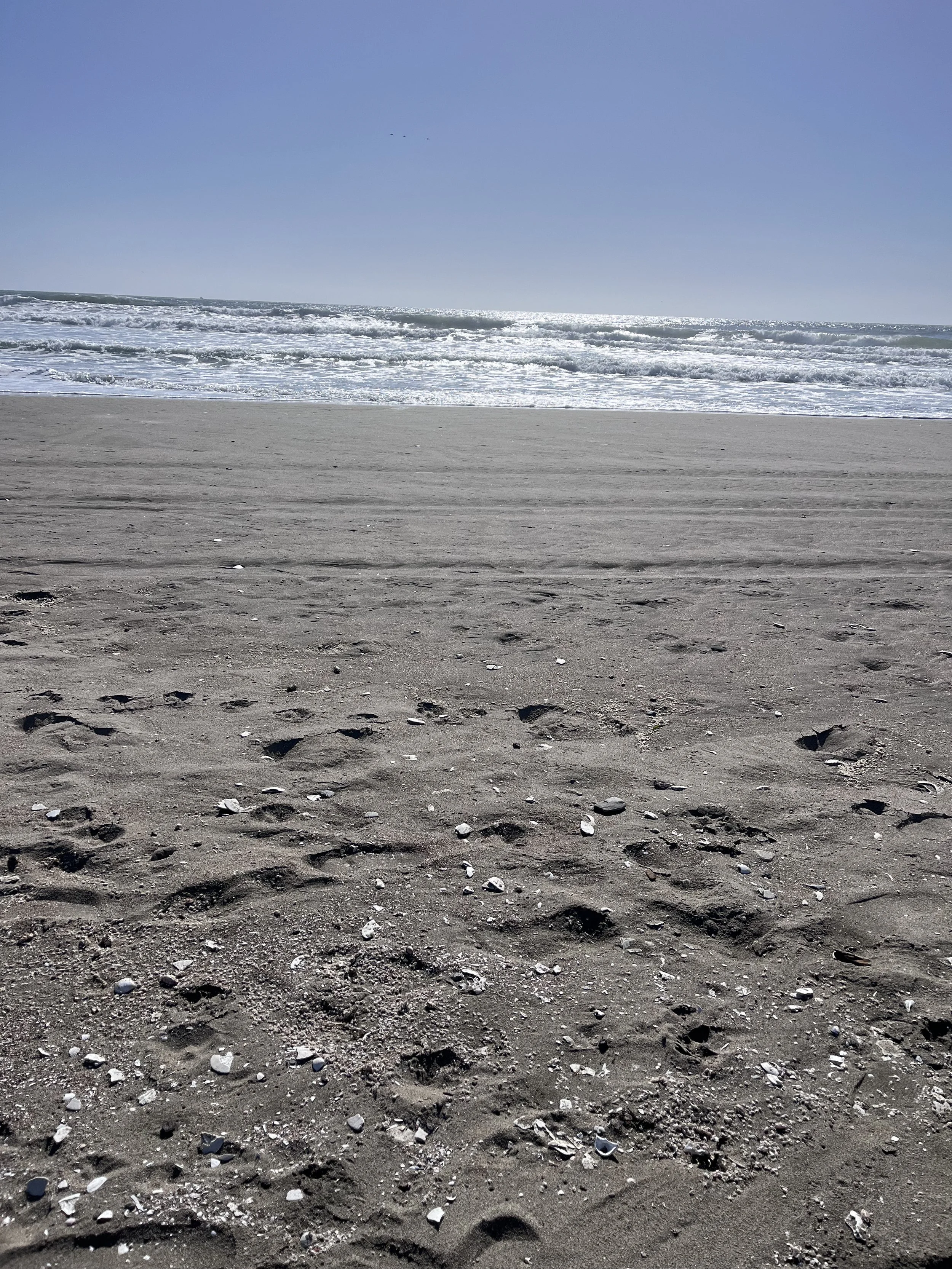What Are Ocean-Friendly Gardens? Surfrider SF March Chapter Meeting Recap
Last week, I texted a coworker who lives in the Outer Sunset district of San Francisco to see if she’d be going into the office on Tuesday. When she confirmed, I asked if she’d be willing to give me a ride into her neighborhood after work.
The reason?
I wanted to attend Surfrider San Francisco’s March Chapter Meeting on 38th and Moraga.
This would be the second Sufrider SF chapter meeting that I’d attend, and I was especially interested in the theme: Ocean-Friendly Gardens.
Why I was so interested?
As someone who has a black thumb in her own home/garden, I’ve been pretty stoked about volunteering for urban gardens/farms (check out what it’s like volunteering at Alemany farms if you haven’t already). The added benefit of getting to learn how gardens can help keep our oceans clean was too enticing to miss.
So, after work, I hopped into my coworkers car—and after a fantastic catch-up session—was dropped off outside the old church where the chapter meeting was being held.
What’s it like attending a Surfrider Chapter Meeting:
As mentioned, this was the second Surfrider Chapter Meeting that I’ve attended. To be honest, I kind of botched the first one. I came alone and was so intimidated that I left directly after the presentation, and didn’t take my time to meet other people who had attended.
However, I’ve since tabled for the non-profit at a surf film fundraiser for Maui (cheeehooo! to remaining conscious of the need for assistance as that community rebuilds) and attending an Ocean-Friendly Garden plant art workshop, I felt comfortable enough to attend this next meeting.
(PS - everyone who attends/hosts is super nice. Plus, everyone is passionate about the ocean and our beaches, so you already have that in common!).
The best part? There’s always food and beer provided. I don’t know about you, but that’s all I really need in life.
Note: when you register to attend a Chapter Meeting, you’re asked if you have any dietary restrictions. This means there was enough vegan/veggie pizza for me to eat! Just remember to bring your own reusable dishware and cups so the meetings can be as close to zero waste as possible. The team forgot to remind us of this, so we had paper plates this time, but I LOVE this travel bowl/utensil/cup set that I bought from United by Blue.
The outline of the chapter meetings looks something like this:
People arrive, grab food, chat amongst themselves/find a seat
The meeting kicks off with updates and calls for volunteers for different initiatives
The main part of the presentation begins (this time around it was all about Ocean-Friendly Gardens)
The presentation ends and you can leave or mingle some more
I arrived earlier than most and volunteered to help write prompts that would be posted on the walls for people to answer as they arrived. After wracking my brain to come up with prompts, based on what I’d learned at the art workshop I’d attended, I decided to grab a slice of pizza and a cup of water.
Sitting down at one of the long tables that had been set up in a U-shape to allow for optimal viewing of the projector screen at the front of the room, I chatted a bit with the few people who also arrived.
Soon enough, the room was filled with a diverse mix of Surfrider Members, interested community members, and volunteers. Once everyone had gotten a plate of pizza and a beverage, it was time to start the presentation.
And time to answer the main question:
What does gardening have to do with the ocean?
First, I think it’s important to address why and how gardening might be part of an organization like Surfrider.
What I discovered after initially volunteering for a beach clean-up with the non-profit was that along with advocating for laws, support, and more from the government, Surfrider has a few key initiatives aimed at keeping our beaches safe and fun (for humans and non-humans alike).
Ocean-Friendly Gardens (OFG) is one of them.
The concept of ocean-friendly gardens is more straightforward than you might think.
The problem: rainwater runoff can end up in our oceans, bringing with it things we don’t want out there like macro and microplastics, feces, etc.
The solution: Less cement, more gardens.
Okay, so that’s an oversimplified explanation. I’m not going to pretend to be an expert, even though I learned a lot in last night’s presentation, but I will try to explain in a bit more detail below.
However, if you’re more of a visual person or I do a terrible job, you can check out the video Surfrider made about Ocean-Friendly Gardens here.
Water Quality in San Francisco: Surfrider’s Blue Water Task Force
First, let’s start with the cold hard facts.
On a cold Sunday morning, I peeled my eyes open, my hangover from the previous day’s activities pounding my head back into my pillow. Though I desperately wanted to fall back to sleep, I’d signed up to learn about Surfrider San Francisco’s Blue Water Task Force and knew I’d feel even lousier if I allowed myself to skip it. Besides, there’s nothing like the saltiness of ocean air to help cure a hangover.
So, pulling on my gray Lanikai hoodie, I caught the 5 Muni out to Ocean Beach where I was, happily, alleviated slightly from the death grip of my hangover as I learned about the community science project that we’d be owning.
The Surfrider Blue Water Task Force is focused on testing water quality at key points throughout the city after it rains.
After that initial training session, the program took off—and the results were in.
Turns out, you may not want to go for that swim/surf after rainfall. The water is contaminated, and we have the data right in front of it to prove it.
Testing results pulled from Surfrider San Francisco’s Blue Water Task Force WhatsApp Group
Why does the water quality get so terrible after the rain?
As mentioned above, poor water quality is the result of rainwater picking up toxins and plastics, then flowing into our oceans. Not only does this affect the water itself, but toxic algae has been popping up more frequently.
With our climate changing, rain hits our streets less frequently, but when it does rain, it pours.
This is especially impactful in San Francisco where we have a combined sewage system that can’t handle the quantity of water that comes from these rainstorms. Overwhelmed by the amount of rain, our system overflows, sending rain (and all the nasties with it) directly onto our beaches and into our oceans.
With our climate changing, rain may hit our streets less frequently, but it pours a lot harder when it does arrive.
Yikes!
How gardens (rain gardens) can help protect our oceans
Now back to gardening!
There are a few ways that gardens, specifically rain gardens and native planting, can help with this problem.
First, unlike cement or pavement, the soil of these gardens soaks up the rainwater and can stop it from overwhelming sewage systems or simply flowing directly into the ocean.
Second, native plants can help protect from erosion, allowing for a stronger barrier between our city and the ocean.
Again, that’s an oversimplified explanation but the general idea.
In the meeting, we went into more detail about how a rain garden works, how these gardens and soil can help to remove contaminants from the rainwater, how certain roofing materials and drainage pipes play into the construction of buildings and homes that can be transformed into ocean-friendly properties.
Which is why it was so cool to attend in person.
What’s next for Ocean-Friendly Garden volunteering in San Francisco?
As the presentation came to an end and the last speaker answered follow-up questions from the group, I could feel my eyes begin to tire. After battling COVID the previous week, my body is still craving extra sleep.
Before I left, I made sure to confirm that though I couldn’t make it to the upcoming Ocean-Friendly Gardens workshop at Far Out West Community Gardens this coming Sunday March 10th (due to a Tahoe trip), I would definitely be joining the following Sunday i.e. St. Patrick’s Day.
With that, I also ensured that I had the following resources handy to make it easy to follow up on everything I’d learned.
Resources:

